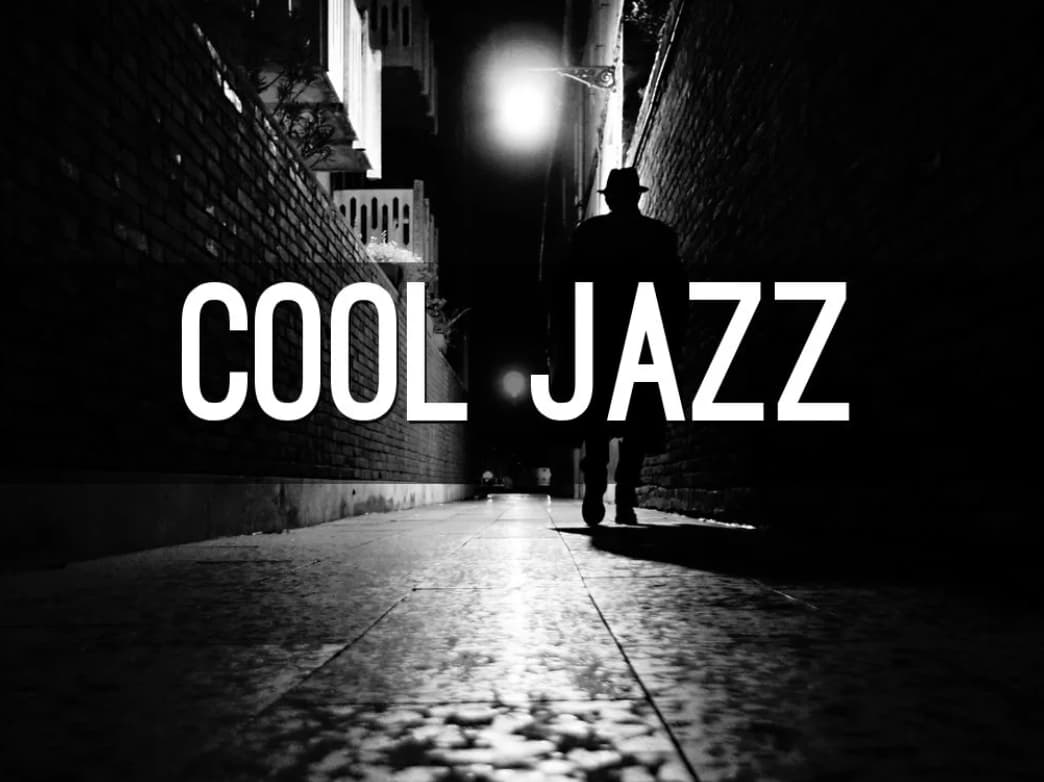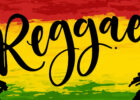Cool Jazz
Cool jazz and modal jazz, while distinct in their nuances, share many common playing and harmonic concepts. Characterized by emotional restraint and a tendency to blend with composition, cool jazz enriches its texture by incorporating instruments from the symphony orchestra.
History: The Birth of Cool Jazz
Emerging on the West Coast of the United States in the late 1940s, cool jazz swiftly captivated white bopper musicians, reaching its zenith in the 1960s. Miles Davis’ seminal album “Birth of the Cool” (1949-1950) popularized the term, with Lester Young pioneering the style in the 1930s, offering a refreshing departure from the fiery intensity of “hot” jazz.

Notable Examples of Cool Jazz Musicians
The pantheon of cool jazz boasts luminaries like Miles Davis, Chet Baker, and Stan Getz, each imprinting their unique signature on the genre’s landscape. From the lyrical musings of Paul Desmond to the haunting melodies of Thelonious Monk, cool jazz resonates with timeless classics like “Take Five” and “Round Midnight”.
How To Create a Cool Jazz Song?
Creating a cool jazz composition requires finesse and sensitivity. Embrace lyricism and tranquility, infusing the music with a serene allure. Experiment with slow tempos to unlock a world of sublime possibilities. Traditionally, wind instruments like the saxophone and clarinet take center stage, weaving intricate melodies that define the genre’s essence.

